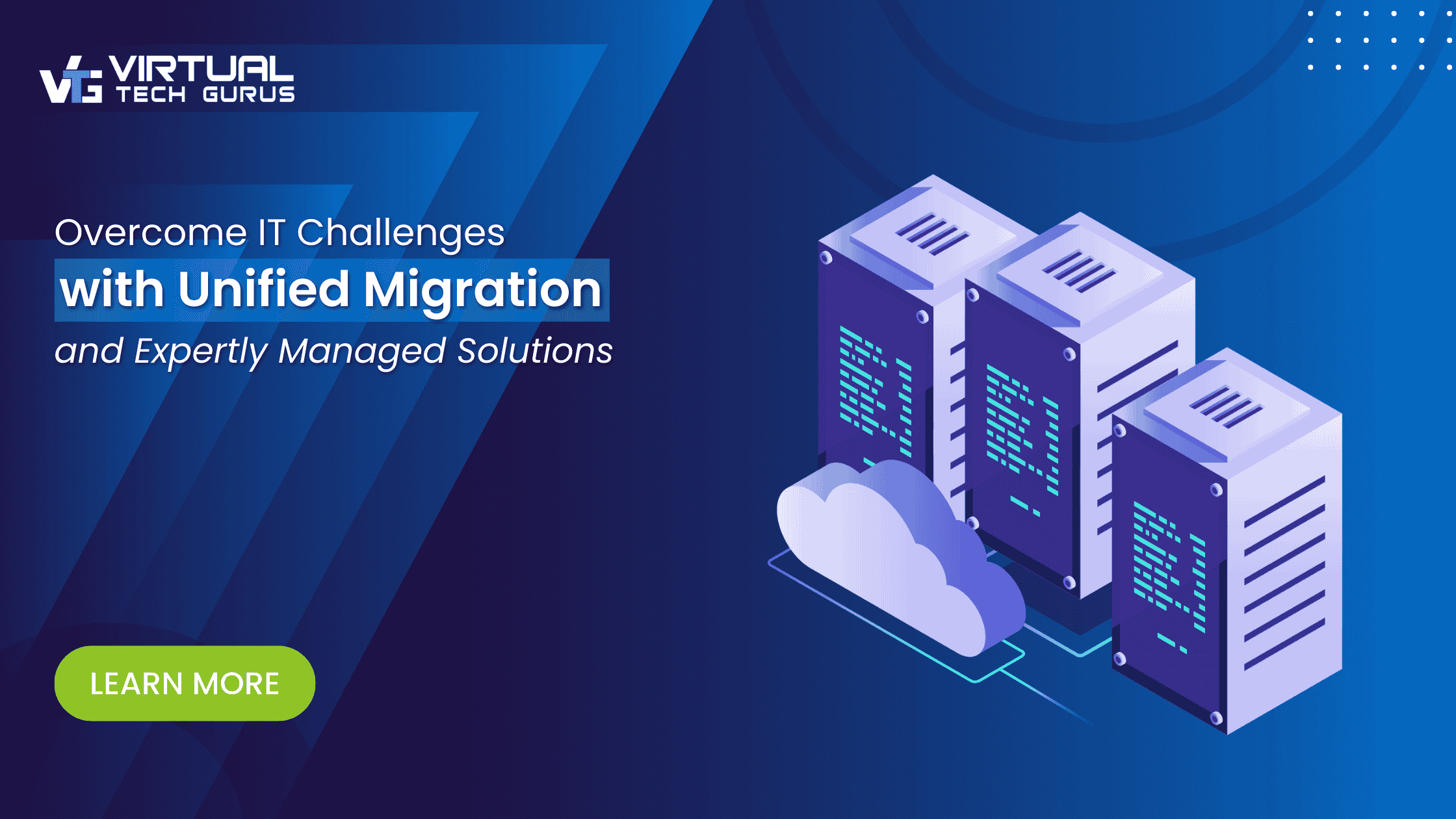As digital transformation gathers pace, visibility of IT operations becomes increasingly critical. Users and customers expect access to applications and services wherever and whenever they need them.
That puts uptime at a premium. But, without visibility into all aspects of IT operations, that can be a major challenge. IT has made significant progress in providing business users with visibility into their operations using a combination of analytics, business intelligence tools and data.
Siloed Views Limit IT Insight
However, according to the Boston Consulting Group, 60 percent of the IT function has not been digitized. And, a study of IT departments by Gatepoint Research found that 84 percent of respondents were still using spreadsheets for IT reports and analytics.
This can pose serious problems according to Numerify, a provider of IT analytics applications. IT teams must be able to analyze asset performance to assess the risk and business impact of failure. They also need to predict resource requirements accurately to obtain a balance between transformation initiatives and essential ongoing operations.
Traditional spreadsheet-based systems only provide a siloed view of operations, which can be a limiting factor in organizations with multiple systems and processes. To support digital transformation, a 360⁰ perspective is essential.
Towards a 360⁰ View
That can help leaders make more strategic decisions about the resources they need, the performance levels they have to achieve and the risks they have to mitigate. It can also help them assess the potential benefits of infrastructure investments or process changes.
To create the 360⁰ view, IT needs to bring together disparate reports, data, fault logs and other system and service management tools into a single framework for analysis, remediation and other initiatives to improve performance and availability.
As an example, integrating data on fault reports with information on long-term infrastructure performance can help IT teams predict and prevent future issues. It might also highlight a need to upgrade or replace certain elements of the infrastructure.
This type of information can also be valuable for project management and resource allocation. For example, it can provide insight into the total resources required for different projects. By collating that data with information on costs and benefits, the analysis can help IT leaders assess the value, productivity and efficiency of each project. That can be important in maintaining the balance between transformation initiatives and ongoing operations.
Better Decision Making
The 360⁰ approach is known as a system of intelligence and it provides many important benefits for IT. It provides complete visibility across all IT operations. That enables IT leaders to benchmark current infrastructure performance against the standards required for digital transformation, as well as industry best practice.
This approach provides the basis for better decision making and helps accelerate transformation initiatives. It also improves service management and can help to reduce the impact of service problems on customer experience, revenue and other strategic business issues.
Find Out More
If you would like to know more about our infrastructure assessment and transformation services, please check out the articles and infographics on our website.





